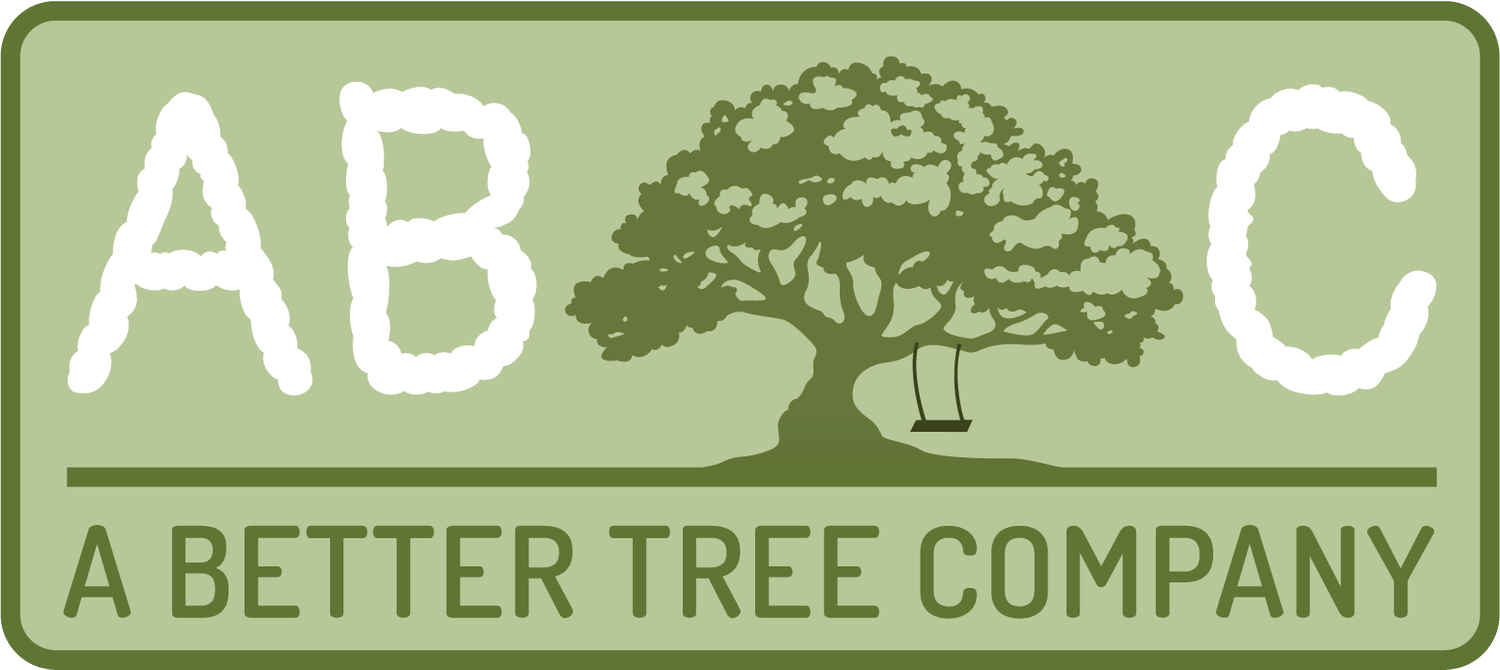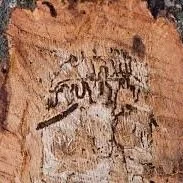Gold Spotted Oak Borer Treatment
Treatment #1: Systemic Dinotefuran Spray
Step 1: Identify your pest
The most obvious signs of infestation are coin sized spots of a thick molasses type substance oozing from the bark. This is fluid escaping the tree through the tiny tunnels created by larvae burrowing in from outside the bark. Adults leave small toothpick diameter exit holes shaped like a capital “D”. Signs in the tree’s canopy include premature twig dieback and thinning in the upper branches that worsens progressively over several years. Click here to learn more.
NOTE: This treatment will ONLY control adults feeding on the leaves for three months. It will not target larvae or eggs. You can purchase and apply this by following the links and directions below. For those who would rather leave it to the professionals, contact us right away.
Step 2: Buy appropriate material
ALWAYS READ PESTICIDE LABELS FROM FRONT TO BACK FOR ALL PERTINENT INFORMATION AND SAFTEY REQUIREMENTS
Dinotefuran (one quart of Zylam plus three quarts water makes one gallon of solution. Note: This is a neonicotinoid. If used incorrectly and against label instructions this pesticide has been reported to be dangerous to bees. Neonics are great tools for responsible hands. Not unlike a wrench or a hammer, which if used incorrectly could also kill bees.
Pentrabark (3 oz. per gallon of solution)
Safety Glasses
Long sleeve shirt and long pants
Shoes and socks
Step 3: Timing
Best uptake happens with adequate soil moisture on breezy days with temperatures from 65-90 degrees Fahrenheit. Studies suggest the best time of year for treatment is in May or June. The frequency and duration of irrigation will heavily depend on existing soil moisture within 3 feet of the soil surface, the presence or lack of mulch, and topographical characteristics. You may benefit from a consultation from our arborist.
Step 4: Do no harm
LOOK FOR NEARBY FLOWERING PLANTS THAT COULD BE IN THE PATH OF MATERIAL DRIFT. THIS PRODUCT CAN BE HAZARDOUS TO HONEY BEES IF MATERIAL IS ALLOWED TO SETTLE ON FLOWERS OR OTHER BEE FORAGING SITES. AVOID TREATING THOSE TREES OR SET UP A BARRIER TO PROTECT NEARBY FLOWERS. This is bark applied systemic insecticide. If applied correctly, there is NO RISK TO BEES.
Step 5: Treat
Spray lowest 4 feet of trunk on trees with solution (One quart of Dinotefuran and 3 oz of Pentra Bark to 3 quarts of water).
Step 6: Repeat Step 3 annually until pine needles return to their proper length in summer.
NOTE: IT IS UNLAWFUL TO USE ANY PESTICIDE IN ANY WAY THAT IS NOT IN ACCORDANCE WITH THE LABEL. READ ALL PRODUCT LABELS ENTIRELY BEFORE OPENING THEIR BOTTLES.
Treatment #2: Barrier Sprays of Bifenthrin
Provides 3-4 months of control of adults and eggs that make contact with treated areas of bark. You can purchase and apply this by following the links and directions below (highlighted words are links to purchase sites). Start at the ground and treat all accessible tree parts larger than 6 inches in diameter. (video)
Baseline® (one quart makes 100 gallons of material) Note: This is an insecticide. If used incorrectly and against label instructions this pesticide has been reported to be dangerous to bees. Pyrethroids are great tools for responsible hands. Not unlike a wrench or a hammer, which if used incorrectly could also kill bees.
Safety Glasses
Long sleeve shirt and long pants
Shoes and socks
Apply insecticide to all accessible bark starting at the ground and on all tree parts larger than 6 inches in diameter. Should your equipment not be adequate for complete coverage, contact us!



